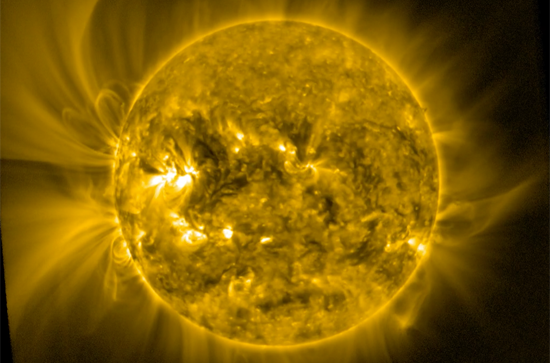
Dr. Eoin Carley
Astrophysics Research Group, School of Physics, Trinity College Dublin
Abstract: On a daily basis the solar atmosphere erupts with huge quantities of energy that results in large scale ejections of plasma (1012 kg) and the acceleration of particles to high energies (from keV to GeV). If directed towards the Earth, these ejections and energetic particles (known as a solar storm) can cause adverse effects on Earth's technology, including interruptions to communications networks and electricity grids. Due to the threat posed by solar storms, there is a need to understand both their fundamental physics and provide a forecast of any 'space weather' threat they may pose. In this talk, I will outline how low frequency radio observations of the solar atmosphere can be used as an excellent diagnostic of energy release and particle acceleration in the solar corona. This will include an overview of the recently built Irish Low Frequency Array (ILOFAR), a radio interferometer operating in the 20-240 MHz range, currently operating as part of a network of instruments spread across 8 European countries. I will show how LOFAR can be used to diagnose the characteristics of shock particle acceleration in the solar corona and how the instrument may aid space weather prediction to protect Earth's technological infrastructure in the near future.
